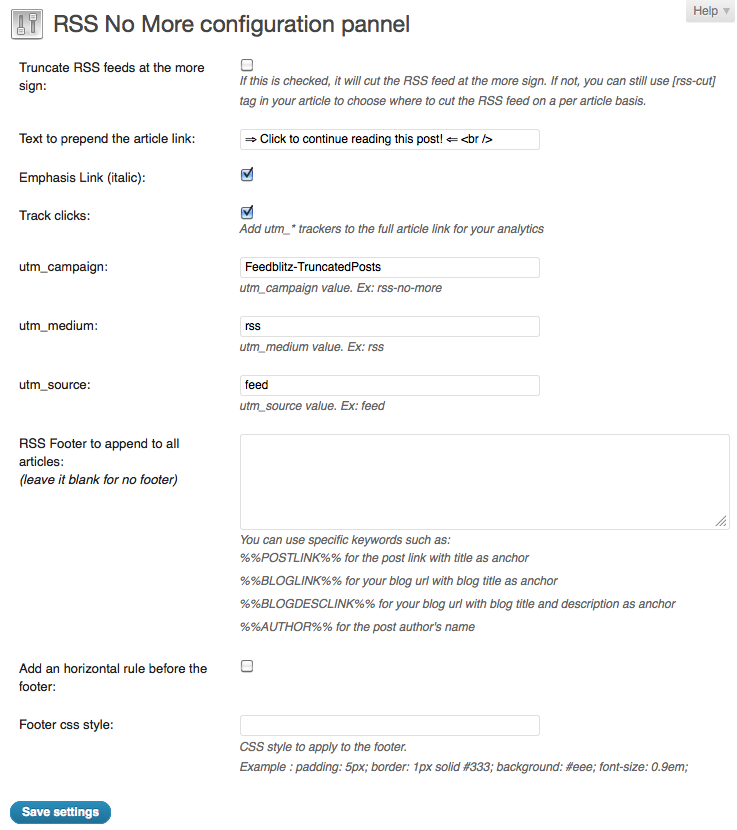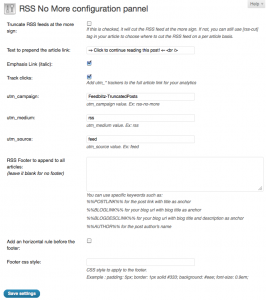We’ve recently begun incorporating a foreign language into our homeschool agenda: American Sign Language. I never particularly thought we’d be doing a foreign language in first grade, but several months ago, I felt God laying it on my heart to refresh my knowledge of ASL and begin teaching it to my kids.
In short, I don’t particularly know why I feel that God wants us to learn (or in my case, re-learn) ASL. Will our next child be deaf? Will there be an accident that causes one of us to lose our hearing? Will someone enter our life that is deaf? Are we supposed to reach out to the deaf community? All of those thoughts swirl around in my head as we learn ASL, and I have no idea which one may be true, or if any of them will ever be true.
Immediate Benefits of Learning ASL
But for now, we’re learning ASL and I’m seeing some immediate benefits to both me and the kids:
- Thinking about different cultures. I’ve been able to to explain that deaf people are normal, they just need a special language to communicate. It’s been valuable to even briefly consider what it might be like if we couldn’t hear or if someone in our family couldn’t hear.
- Coordination and attention to detail. Most ASL signs require somewhat precise finger positions and motions. Careful that you sign orange and ice cream just right or you might be saying something totally different than you think! This is helping all of my kids with their finger dexterity and preciseness.
- Non-verbal communication. ASL seems to depend a lot on facial expressions to properly communicate. If you’re asking a question, you certainly want to have a questioning look on your face. If you’re signing “angry”, you wouldn’t do it with a smile on your face. This comes naturally, as most people use their facial expressions to reinforce what they’re saying in any language, but it’s been a good reminder for me and my kids to be expressive with our body language as we sign (or speak). Secondary drama class, perhaps?
- Understanding English better. ASL doesn’t have a sign for every single word in the English language. As a result, you either fingerspell (slow!) or otherwise translate the English word into a word that ASL does have a sign for. I’m now much more tuned into the songs we sing at church, thinking about what the words really mean and how I would translate them for a deaf person.
What We’re Using To Learn ASL
We’re not using a formal curriculum for learning ASL: the kids have really enjoyed watching the Signing Time DVDs from the library and it’s piqued their interest enough that they frequently ask what the sign for ________ would be. (I usually do a Google search for the word + ASL on my iPhone and find a video of the sign. SigningSavvy.com is one of the first sites that usually comes up and their videos are great!)
At some point, we will need to start learning more of the “grammar” of ASL and become better at understanding others when they sign. I may be looking for a more formal curriculum in a year or two, but for now, we’re having a blast learning signs and communicating with each other in sign language!


